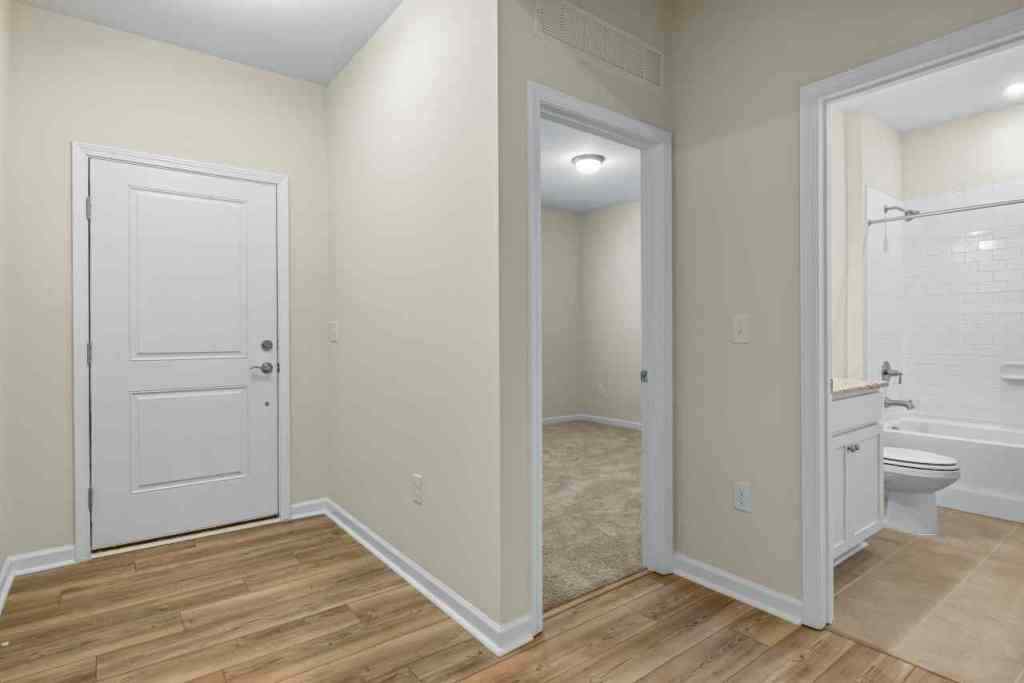Advantech Launches ROM-SMARC Computer-on-Module for AI Embedded Vision
Hold onto your hats, tech enthusiasts, because Advantech just dropped a bombshell in the embedded world! They’ve unleashed the ROM- (no, not the chip that holds your browser history!), a SMARC computer-on-module that’s about to revolutionize AI embedded vision applications. Think of it as the brainchild of a powerful processor and cutting-edge AI capabilities, ready to take on the most demanding visual tasks.
Key Features and Benefits
This ain’t your grandma’s computer module, folks. The ROM- is packing some serious heat. Let’s break it down:
Rockchip Processor: The Heart of the Beast
At the core of this bad boy lies the mighty Rockchip processor. We’re talking about the RK and RK chipsets, which boast an octa-core architecture. Yeah, you heard that right, _octa-core_! That means four Cortex-A cores and four Cortex-A cores, all cranked up to a blazing-fast GHz. And if that wasn’t enough, they’ve incorporated an nm process, resulting in a jaw-dropping three-hundred-percent performance boost over its predecessor, the RK. But wait, there’s more! The ROM- also comes equipped with a -TOPS NPU, a dedicated AI powerhouse that can handle even the most complex inference tasks without breaking a sweat.
High-Resolution Video: Because Seeing is Believing
In the world of AI embedded vision, seeing clearly is paramount. That’s where the ROM-‘s impressive video capabilities come into play. This thing can handle K video encoding at a buttery-smooth fps and K decoding at a mind-boggling fps. And with its integrated D GPU, rendering complex visuals is a walk in the park. Whether you’re dealing with high-resolution medical imaging, advanced surveillance systems, or cutting-edge robotics, the ROM-‘s video prowess won’t disappoint.
Connectivity and Expansion: The More, the Merrier
They say good things come in small packages, but sometimes, you just need a little extra room to spread out. That’s where the ROM-‘s extensive connectivity and expansion options come in handy. This little guy is loaded with four MIPI CSI camera interfaces, making it a breeze to connect multiple cameras for comprehensive vision systems. And with two USB . ports and three USB . ports, you’ll have plenty of options for peripherals. But wait, there’s more! The ROM- also boasts HDMI, DP, LVDS/DSI, _and_ eDP display interfaces, giving you the flexibility to connect to any screen you can get your hands on. And for those data-intensive applications, two Gigabit Ethernet ports and four PCIe . slots ensure you’re never left wanting for bandwidth.
Target Applications: Where the Magic Happens
With its impressive specs and versatile features, the ROM- is poised to make a splash in a wide range of AI embedded vision applications. Let’s dive into a few key areas where this technological marvel is set to shine:
Medical: A Vision for Better Healthcare
The healthcare industry is ripe for innovation, and AI embedded vision is leading the charge. The ROM- is particularly well-suited for applications like endoscopes, hemo-dialysis machines, and AI-powered in-vitro diagnostics (IVD) systems. Imagine a world where endoscopies are less invasive, dialysis treatments are more efficient, and diagnoses are faster and more accurate. That’s the power of the ROM- in action.
Robotics: Building a Smarter Tomorrow
From factory floors to our homes, robots are becoming increasingly prevalent in our lives. The ROM-‘s processing power, AI capabilities, and connectivity options make it the perfect brain for a new generation of intelligent robots. Picture industrial robots that can see and understand their surroundings, autonomous mobile robots (AMRs) that can navigate complex environments with ease, and AGVs (Automated Guided Vehicles) that can optimize logistics and streamline operations. With the ROM- at the helm, the possibilities are limitless.
Advantages for Robotics: A Perfect Match
The ROM- isn’t just a powerful piece of hardware; it’s a game-changer for robotics applications. Here’s why:
- **High Data Throughput and Low Latency:** Robots need to process vast amounts of data in real-time, and the ROM- delivers. Its high data throughput and low latency ensure that robots can react quickly and efficiently to their surroundings.
- **Low Power Consumption and Cost-Effective:** Nobody wants a power-hungry robot draining their energy bill. The ROM-‘s energy-efficient design keeps power consumption in check, making it a cost-effective solution for robotics applications.
- **Seamless Integration:** The ROM- plays nice with a wide range of sensors and actuators commonly used in robotics, including LiDAR, motors, IMUs, and cameras. This seamless integration simplifies the development process and allows for the creation of sophisticated, integrated robotic systems.
Development Support: Your AI Toolkit
Advantech isn’t just throwing you into the deep end with this cutting-edge technology. They’ve got your back with comprehensive development support, including:
- **RKNN Toolkit:** This handy toolkit simplifies the process of converting and optimizing AI models for the ROM-‘s NPU. It’s like having a personal AI trainer, helping you get the most out of your embedded vision applications.
- **ROS2 Framework:** The Robot Operating System (ROS) is the go-to framework for robotics development, and the ROM- fully supports ROS2. This means you can leverage the power and flexibility of ROS2 to create sophisticated robotics applications with ease.
Conclusion: The Future of AI Embedded Vision is Here
The ROM- SMARC . computer-on-module from Advantech is a game-changer in the world of AI embedded vision. With its powerful Rockchip processor, stunning high-resolution video capabilities, extensive connectivity options, and comprehensive software support, the ROM- empowers developers and engineers to create innovative solutions for a wide range of industries. Whether it’s revolutionizing healthcare with smarter medical devices, transforming industries with intelligent robots, or enhancing security with advanced surveillance systems, the ROM- is poised to shape the future of AI embedded vision.
